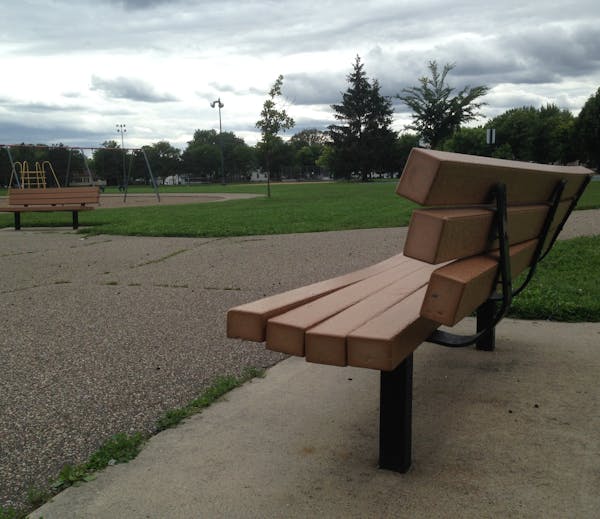Nearly 30 years ago, a young lawyer added a mere two dozen words to a state law and quietly transformed a park in north Minneapolis.
The simple change he made continues to deliver a regular stream of money to North Mississippi Regional Park, which snakes along the river for about a mile, without much scrutiny or even with the knowledge of several park officials.
"These are probably the best 24 words I've ever written as far as a legislative bill," said Brian Rice, who still serves as a lobbyist for the Minneapolis Park and Recreation Board.
The provision captures interest that the Metropolitan Council earns on money sitting in the bank waiting to be spent to build or renovate parks and then uses the windfall to improve the park.
Initially, legislators capped the money for the park at $1.5 million, but the restriction was soon lifted.
Some $14.3 million later, that money has paid for the remaining expansion and development of the park, which now includes a wading pool, a waterfall, and a state-of-the-art playground. The park also has four picnic shelters.
The money fulfills a dream of park officials dating to 1891. The arrangement has been so lucrative that twice the Park Board has asked the Legislature to expand the park's boundaries, which generally run between the Camden Bridge and the Interstate 694 bridge.
No other metro area park gets any of the largesse, however, which is giving rise to concern about one park getting special treatment.
Former state Sen. Gene Merriam, a DFLer who chaired the Senate Finance Committee, called the unlimited funding an "egregious" example of the Legislature overriding the metro park system, offering special treatment to a single park while the others must compete for their share money.
The provision is so obscure that neither the Met Council member representing the area, Gary Cunningham, nor its Metro Parks and Open Space commissioner, Anthony Taylor, were aware of the special funding source.
Supporters of the funding stream say it jump-started development of an inner-city park at a time when Minneapolis legislators were frustrated that metro park funding more often focused on affluent areas.
They said that the money is needed to ensure that North Side residents have access to large parks and the Mississippi River, just as residents of downtown and south Minneapolis have access to such amenities as the Chain of Lakes and Minnehaha Falls.
"One of the things you could argue is that this community has been essentially been screwed on access to parks," said state Rep. Phyllis Kahn, DFL-Minneapolis.
The North Side park is less than a huge draw, about 210,000 visitors annually, or less than half of 1 percent of total metro park visits.
The 1987 removal of the $1.5 million cap on money that could be routed to the park was controversial.
Merriam refused to allow the provision in a measure late in a legislative session. But Rice said area legislators slipped the cap removal into a separate housekeeping bill.
The initial earmarking of the money happened because the legislators from the North Side and neighboring areas had the seniority to get important posts.
Former state Sen. Carl Kroening, a north Minneapolis high school principal, chaired the environmental finance division, a powerful position where he could more easily insert language into a measure. He got assistance from Assistant Senate Majority Leader Bill Luther, a DFLer whose district included adjoining Brooklyn Center.
The interpretive center at North Mississippi Park is now named after Kroening.
Although the money was authorized for use on both banks of the river, all but $325,000 was spent on the west bank, where the long, skinny park squeezes between the river and the noise wall of Interstate 94 in a strip a few hundred feet wide. The skinnier Brooklyn Center portion of the park got only $1.2 million.
The park boundaries have been expanded twice so that money could be used for nearby projects. A 1998 change allowed it to be used to extend a greenway with bike paths about a dozen blocks west along 49th Avenue N. to the new Humboldt Greenway. In 2013, the park's boundary was expanded into adjoining Webber Park to help pay for a swimming pool.
Other potential uses outside the current park boundaries could emerge.
Liz Wielinski, president of the Minneapolis Park and Recreation Board, said the money could potentially be tapped to bridge I-94 for two blocks as proposed in a parks master plan. The development of the Above the Falls plan downstream from North Mississippi Park could consume tens of millions of dollars.
When asked about that possibility, Rice said: "You've given me a great idea."
Steve Brandt • 612-673-4438
Twitter: @brandtstrib
